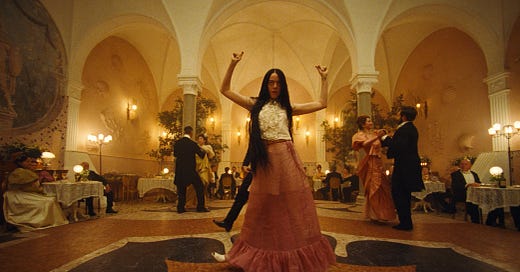What does Poor Things really tell us about female sexuality?
The film has sparked opprobrium for its depiction of sex.
Have you seen Poor Things yet? Perhaps not. Either way, I’'ll bet someone has tried to tell you what they think of it. Maybe you’ve seen a TikTok video listing all the reasons why its sex scenes are so disturbing. Or you’ve stumbled across an Instagram reel featuring someone pontificating about how it traumatised them.
Like many modern-day contributions to pop culture, Poor Things has become a vehicle on which people project their own thoughts and experiences. The online chatter becomes so loud and, in some cases, vitriolic, that soon it has nothing to do with the piece of art it’s ostensibly critiquing. Alternatively, it becomes a zeitgeisty prop to help you go viral, depending on the size of your online platform and the scope for controversy surrounding your viewpoint. Just look at what happened with Saltburn.
With all this in mind, I think it has become a lot harder to engage with art and form your own opinion of it. Before seeing Poor Things, I’d already read extensively about it. Some friends had lamented it as a piece of “misogynistic crap” while others couldn’t stop praising it. I tried to go into the film with an open mind. And surprisingly, I loved it.
Keep reading with a 7-day free trial
Subscribe to The Corners with Olivia Petter to keep reading this post and get 7 days of free access to the full post archives.





